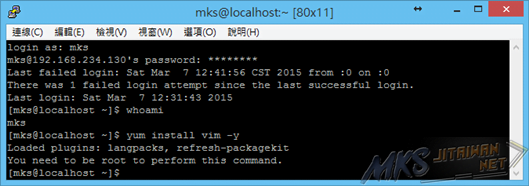

Other features like status bar and find and replace are also available. Just like Gedit, Mousepad features multi-tab to enable you handling multiple texts at the same time. Most Linux distributions has added Mousepad on their repository package but chances are it’s not installed by default. You won’t see something like add-on installation option on this text editor. The main goal of this text editor is to provide an easy-to-use text editor for quickly editing text files. So, if you install a Xfce-based Linux distribution you don’t need to install this text editor anymore.

Mousepad is a very simple text editor that was developed for Xfce desktop environment. Or you still scare of its fate due to the recent news regarding its continuation, here are several of the best alternatives to Gedit. Well, Gedit is obviously not the only simple text editor for Linux. Although it’s basically a part of GNOME, other desktop environment users are pleased to use it due its simplicity. Gedit itself has been a popular text editor on Linux for as long as I can remember. Until here, Gedit users can at least take a breathe a sigh of relief. If you open the the official page of Gedit at the moment, there have been two new developers who have proposed their help to become new maintainers of the text editor. While GNOME marked Gedit as an unmaintained project, they’re basically pleased if there’s other party who want to maintain Gedit. I was shocked enough to read the news and tried to jump to the official page of the app to find the truth. Give gedit a try on Linux, or on whatever platform you’re using, because the chances are good that it’s a better choice than the default.Recently, there’s a news stated that Gedit is no longer maintained. But it is a great text editor for those in need of one, and sometimes that’s all that's required. Gedit isn’t meant to be everything to all users. You might find yourself delving deep into some unique log files or in need of a precise parser or linter, and you’ll move to a specialized application. Of course, there probably will be a task for which gedit isn’t the best tool. It is objectively simpler than many of its peers (such as Kate from KDE), and yet it still manages to meet 80% or 90% of your daily expectations. Admittedly, this isn’t entirely unique to gedit, but it’s a useful trick to know, and it does work in gedit. After you’ve released the keys, you’re left with an underlined U, so type 1F427 followed by a space, and your Unicode entry is transformed into a friendly ?.
#Linux install gedit code#
You usually have to look up the character code (unless you have some memorized, but who has available memory for character codes?) For instance, to render a penguin, press, and release Shift+Ctrl+U.

On Mac, you can install gedit using Homebrew or MacPorts.
#Linux install gedit download#
On Windows, you can download and install gedit from the Microsoft Store.


 0 kommentar(er)
0 kommentar(er)
